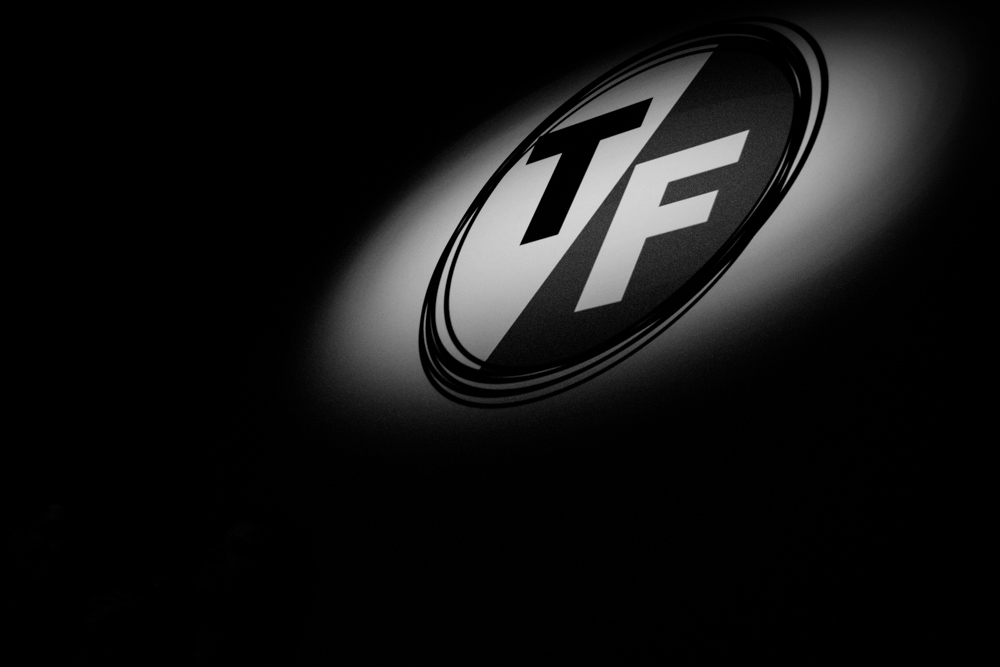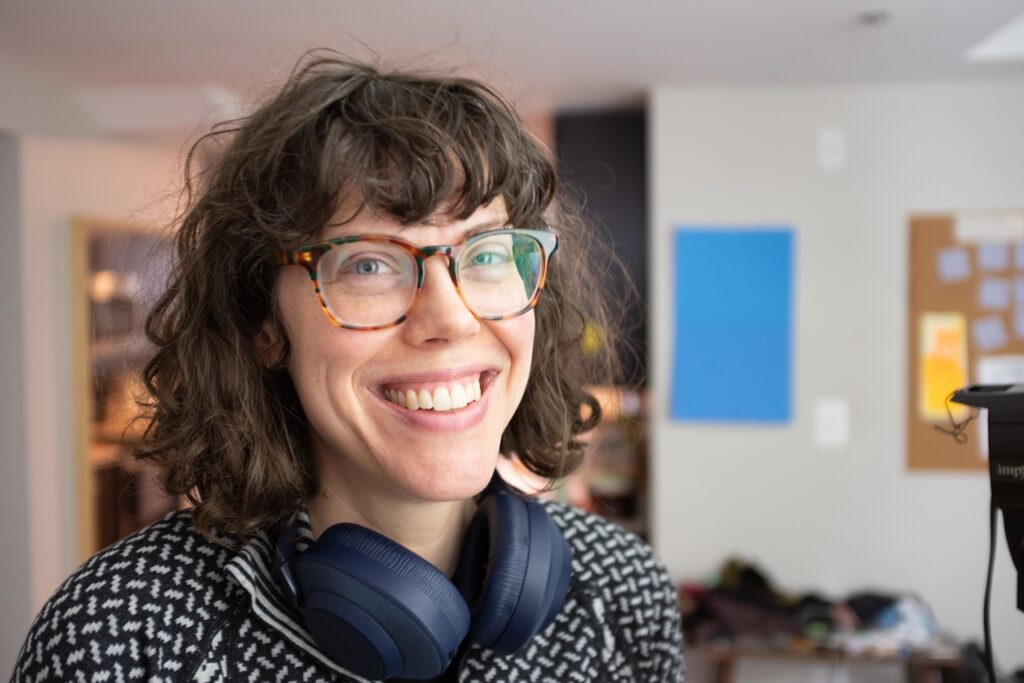Immersion In the Park

New venues for the festival present exciting opportunities for artists and installations.
Last March, Kate Gorman stumbled upon an opening for the position of Art Coordinator for the True/False Festival. Despite the newfound uncertainty of the world and events, as a previous volunteer, former filmmaker, and artist, Kate jumped at the opportunity. “If anyone could pull it off,” she says, “it’s True/False.”

“I’ve enjoyed getting to receive all of the work of other people over the years as they put on these wonderful events; I wanted to be able to help out,” Kate says, “I knew this year was going to be different and present new challenges, but I wanted to help make this year just as magical and amazing as the previous years.”
For artists interested in submitting their pieces, the festival puts out an open call for proposals where artists can submit their ideas. The festival also works closely to develop and maintain relationships with artists from previous years and often extends invitations to return.
When looking at Stephens Lake Park as the new venue, Kate says, “This year, the bar was a bit higher, because outdoor art or art that can’t handle the elements really did present a challenge.”
To do so, this year Kate and her team are trying to create the feeling of being in a totally different place by creating immersive art installations at each venue. Each is designed by a different artist, two who are returning artists and two never before seen artists at the fest.
Kristina Rolander
Kristina Rolander is a returning artist who has previously done an installation at the Blue Note. Her work is characterized by lush tropical environments and neon plants. “Her installation will be at the Sapling, which is the smallest venue, so that it will have a close cozy feel you might get walking through a forest,” says Kate.
Alicia Eggert
Alicia Eggert is another returning artist who has been mentoring the University of North Texas’s College of Visual Arts and Design’s sculpture students that she teaches in a course. She and the students collective, Velvet Sol, are creating the venue for the amphitheater. Kate describes their work as having a natural, yet otherworldly feel. “They are putting together something that feels very microscopic and alive, which is much larger than how it appears under a microscope.”
Jane Georges
Sled Hill will be taken over by Chicago-based artist, Jane Georges, who excels at playful and colorful installation works made of a variety of eclectic materials. “It’s been really exciting to see the ways that you can create that feeling of immersion in a space that large,” Kate says. “When we’re talking about large spaces that seat a couple hundred people, that can be a real challenge in creating an installation that gives the feeling that you are in a special place. But Jane has some really fantastic ideas.”
GeoVanna Gonzalez
GeoVanna Gonzalez is a Miami-based artist whose work is an intersection of performance and large geometric structures. She has come up with a number of these structures that will be placed around Twelve Point. Kate notes that these pieces are especially exciting as they are meant to be sat in and interacted with by the audience.
Rebecca Sullinger
Returning artist Rebecca Sullinger designed a special installation concept, CoMO Square. “She is helping us bring a little bit of downtown to the park,” Kate says, “[She] reimagined three of the favorite venues, Ragtag Cinema, the Blue Note, and the Missouri Theater in a very interesting set of interpretations – it’s almost like you are in a different zone,” says Kate.
The square will also showcase a lot of the individual artists. Other artists like Carrie Elliott will return to other areas of the park – such as the surface of the lake. Carrie is transforming the large fish that were in Alley A last year by giving them the ability to float.
Of course, understanding how people will move throughout the festival is top of mind. Kate and her team are getting creative to ensure the installation’s locations will be seen, yet that the artwork has the space for people to move around the piece with adequate space for social distancing.
“We want to make sure the fest feels safe for folks,” Kate says. “The goal is to have artwork that will attract attention in a space that gives people the room and comfort of being able to move around it.”


